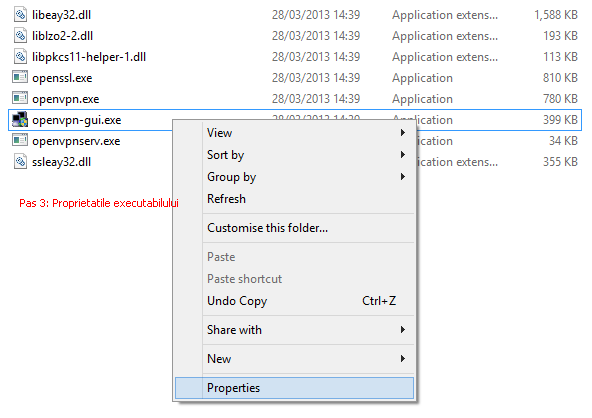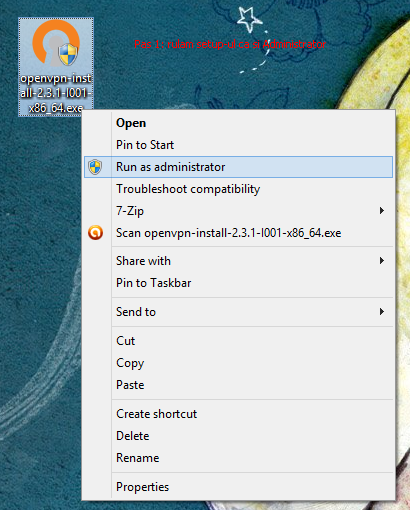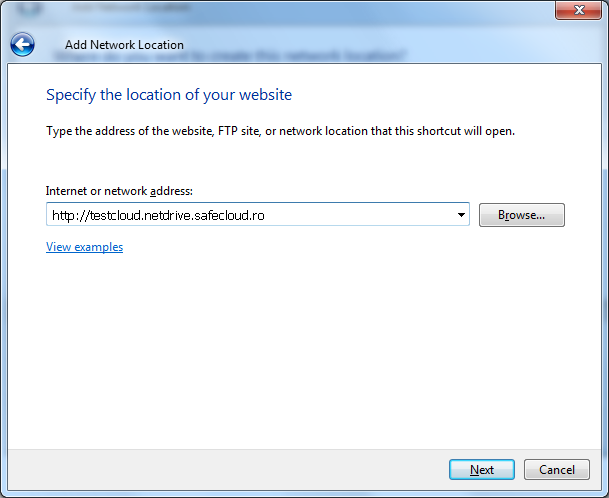With transfer rates reaching close to 400MB/s, a RAID 0 configuration boasts speeds closer to that of an SSD than a single mechanical disk. The RAID 0 configuration also has a much lower cost-per.
mac-fusion has a new Mac mini with Snow Leopard Server. It ships with (2) 500GB hard drives but it’s not configured as any kind of RAID. We wanted to know how the redundancy and reduced capacity of a RAID 1 compared to the speed and size benefits of running a RAID 0. We also wanted to find the baseline speed of a non RAID setup. So we pitted the mini against itself and several other Macs for good measure.
Methodology
We used Quickbench 4.0.4. It says it’s Leopard compatible but there’s no mention of Snow Leopard. That would really be a drag if all this data was not valid. But unfortunately the developer’s support forums have been offline all week so we’ll go with it for now. We ran the Standard test using transfer sizes ranging from 4KB to 1MB and taking the average. We did 5 passes to try and even out any big anomalies. All machines were tested after being rebooted, and, except for the Xserve with SSD, all servers were running a minimum set of services. We threw the Xserve SSD in just to see if the MacBook Air SSD performance was hobbled at all. Results are in MB per second.
Sequential Read
Sequential Write
Random Read
Random Write
Thoughts
It’s no surprise that you get what you pay for and the Xserve with RAID 5 Donkey Kongs the others in all but Random Read, although not by a huge margin. But if you’re supporting a workgroup of more than a handful of people and providing a broad range of services, it’s the way to go. The MacBook Air w/ the SSD drive puts up some pretty solid numbers in the Random Read area. That’s the nature of SSD. And that’s what makes it feel pretty sporty compared to a regular HD. But it’s still slower than a production Xserve box with an SSD. I don’t know if that’s the drive or the bus or something else but would love some comments on that. Even though the old mini didn’t come anywhere near saturating it’s limited 1.5Gbps SATA bus, I don’t think it helped anything. That thing is S L O W. The Mac min Server however is much faster even with a single drive. But, to address what we set out to find, if you’ve got a good backup plan in place, the size and speed benefits of a RAID 0 seem to be justified offering nearly 2x the performance in both sequential tests, a small boost in Random Read and nearly a 50% gain in Random Write.

Specs
Mac mini – Mac mini (Late 2006) 1.66GHz Intel Core Duo, 2GB RAM, 60GB, Mac OS X Server 10.6.2
Mac mini Server – Mac mini (Mac OS X Server, Late 2009) 2.53GHz Intel Core 2 Duo, 4GB RAM, 2x500GB, Mac OS X Server 10.6.2

MacBook Air SSD – MacBook Air (Mid 2009) 2.13GHz Intel Core 2 Duo, 2GB RAM, 128GB SSD, Mac OS X 10.6.2
MacBook Pro – MacBook Pro (15-inch, Mid 2009) 3.06GHz Intel Core 2 Duo, 4GB RAM, 500GB Seagate Momentus 7200RPM, Mac OS X 10.6.2
Mac Pro – Mac Pro Two 2.66GHz Dual-Core Intel Xeon “Woodcrest” processors, 8GB RAM, 1TB Hitachi Deskstar, Mac OS X 10.5.8
Xserve SSD – Xserve (Early 2009) Two 2.66GHz Quad-Core Intel Xeon “Nehalem” processors, 12GB RAM, 128GB SSD, Mac OS X Server 10.6.2
Xserve RAID 5 – Xserve (Early 2009) One 2.26GHz Quad-Core Intel Xeon “Nehalem” processor, 6GB RAM, 3x1TB Apple Drive Modules, Xserve RAID Card, Mac OS X Server 10.6.2
Solid state drives are increasingly common among consumers PCs, with many new devices shipping with SSDs.
The drives are far more expensive than mechanical hard drives, but offer superior read and write performance.
For this reason, they are used to store a user’s operating system, and files or programs which are commonly accessed.
SSDs are not the only way to improve storage read and write speeds, however, and PC owners with several hard drives, and on a budget, can construct a RAID array instead.
What is RAID
RAID (Redundant Array of Independent Disks) is a technology which allows users to create an array of physical storage drives, improving redundancy, performance, or capacity.
There are several RAID configurations, with a brief summary of each RAID type or level below.
- RAID 0 – Increases performance by allowing read and writes to be performed concurrently.
- RAID 1 – Data is mirrored on each drive, improving read performance and reliability.
- RAID 3 – Spindle disk rotation is synchronised and each sequential byte is written to a different drive.
- RAID 4 – Allows for more I/O implementations using block striping with dedicated parity.
- RAID 5 – Increased performance over RAID 4 due to distributed parity.
- RAID 6 – Uses double-distributed parity to provide higher fault tolerance, and requires at least four drives.

Each RAID level has advantages and disadvantages, but for the purpose of this comparison we will look at the performance benefits of RAID 0.
RAID 0 works by using data striping, which means consecutive segments of data are stored across different drives.
This allows for the read and write speeds to increase each time a new drive is added to the array, but if a single drive fails, all data stored across the array is lost.
For this reason, it is important that you always back up the data stored on a RAID 0 array.
For each drive added to the array, the overall capacity also increases by the storage capacity of the smallest drive.
Setting up a RAID 0 system is relatively straightforward and will require you to purchase a RAID controller card, install drivers, and possibly change settings in your BIOS.
RAID controller cards are available in a number of configurations, with a four-port variation priced at R908.
Performance
Performance gains when using mechanical hard drives in RAID 0 can be impressive, reaching read and write speeds almost comparable to SSDs.
However, they are limited by a number of factors, including RAID controller throughput and processor speed.
Tom’s Hardware conducted benchmarks measuring the performance scaling of a RAID 0 system, showing the increases in read and write speeds provided by an array.
The results are in line with more recent tests performed using the drives, provided by Microsoft’s Azure cloud platform.
The benchmark results measured by Tom’s Hardware, using Samsung SpinPoint T166 320GB 7,200RPM hard drives, are below.
| Transfer Rates | ||
|---|---|---|
| Drives | Average Read Speed | Average Write Speed |
| 2 Drives | 152.9MB/s | 154.5MB/s |
| 3 Drives | 227.8MB/s | 230.7MB/s |
| 4 Drives | 302.2MB/s | 273.3MB/s |
| 5 Drives | 367.1MB/s | 254.7MB/s |
| 6 Drives | 386.6MB/s | 268.4MB/s |
| 7 Drives | 368.2MB/s | 253.8MB/s |
| 8 Drives | 383.6MB/s | 267.9MB/s |
According to the results, the sweet spot for RAID 0 performance rests at six drives, although this may vary based on the controller or specifications of the PC.
The six 320GB drives in RAID 0 provide almost 2TB of storage with read and write speeds of 386.6MB/s and 268.4MB/s respectively.
If one drive fails, however, the entire array is lost.
SSD vs RAID 0
With transfer rates reaching close to 400MB/s, a RAID 0 configuration boasts speeds closer to that of an SSD than a single mechanical disk.
The RAID 0 configuration also has a much lower cost-per-gigabyte than a solid state drive.
SSDs will almost always offer better performance, though, and a six-drive RAID 0 array means six points of failure. A large SSD means one.
As an example:
- The price of a 1TB 2.5-inch SSD is R4,699.
- The price of six WD Blue 1TB hard drives is R3,894 – excluding the cost of a controller.
Mac Software Raid 0 Vs 1 Ssd Vs
The SSD will offer higher read and write speeds of 540MB/s and 520MB/s respectively, thanks to its NAND flash memory.
However, the six-1TB RAID 0 array offers 6TB of storage and transfer rates which are over twice as fast as standard hard drives.
The decision to go with a RAID 0 set-up or SSD ultimately comes down to price and speed, and how much of each you are willing to spend or sacrifice.
Mac Software Raid 0 Vs 1 Ssd 2
The higher risk of storage failure with RAID 0 is another important factor to consider.